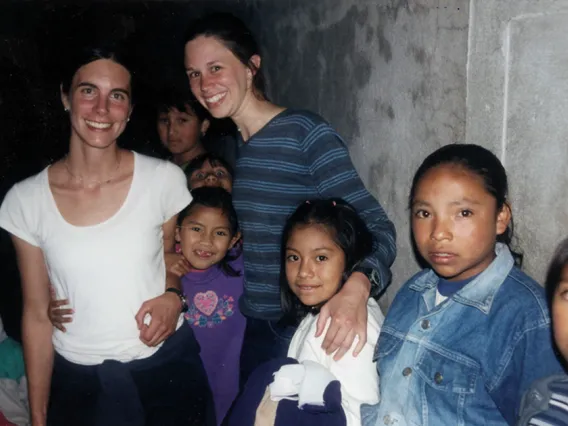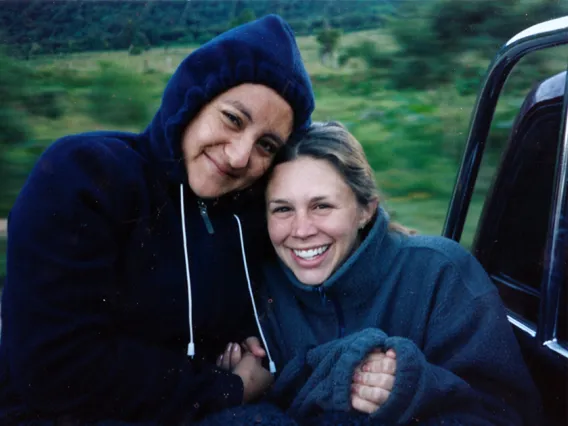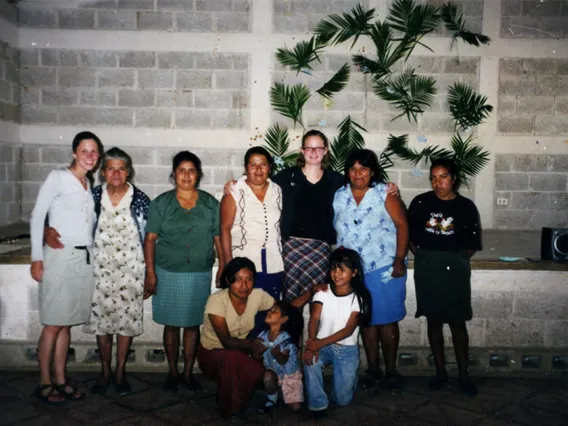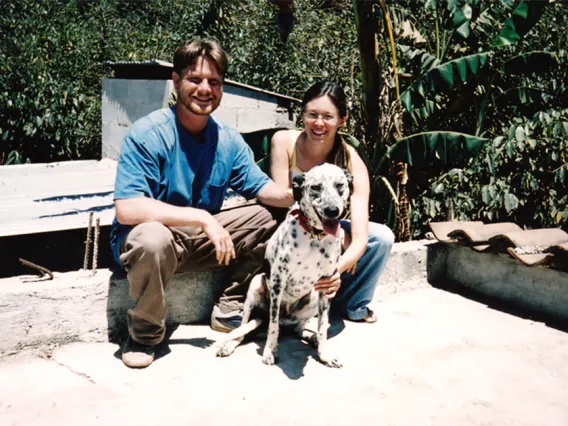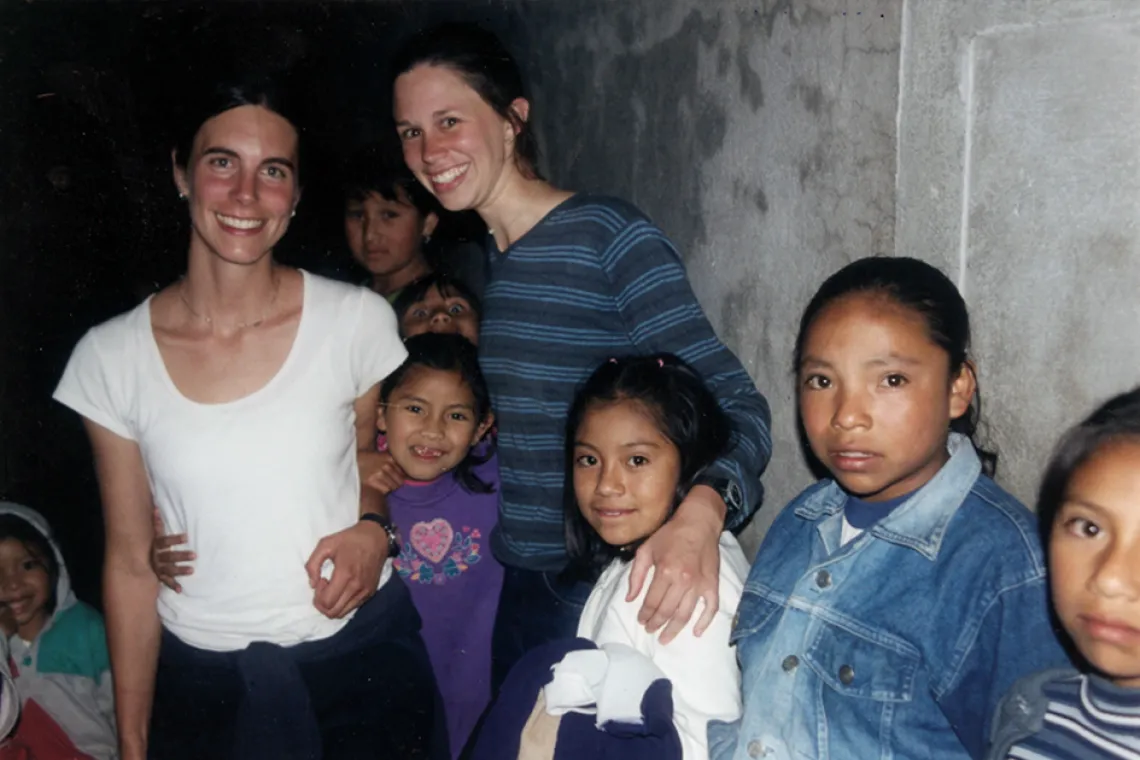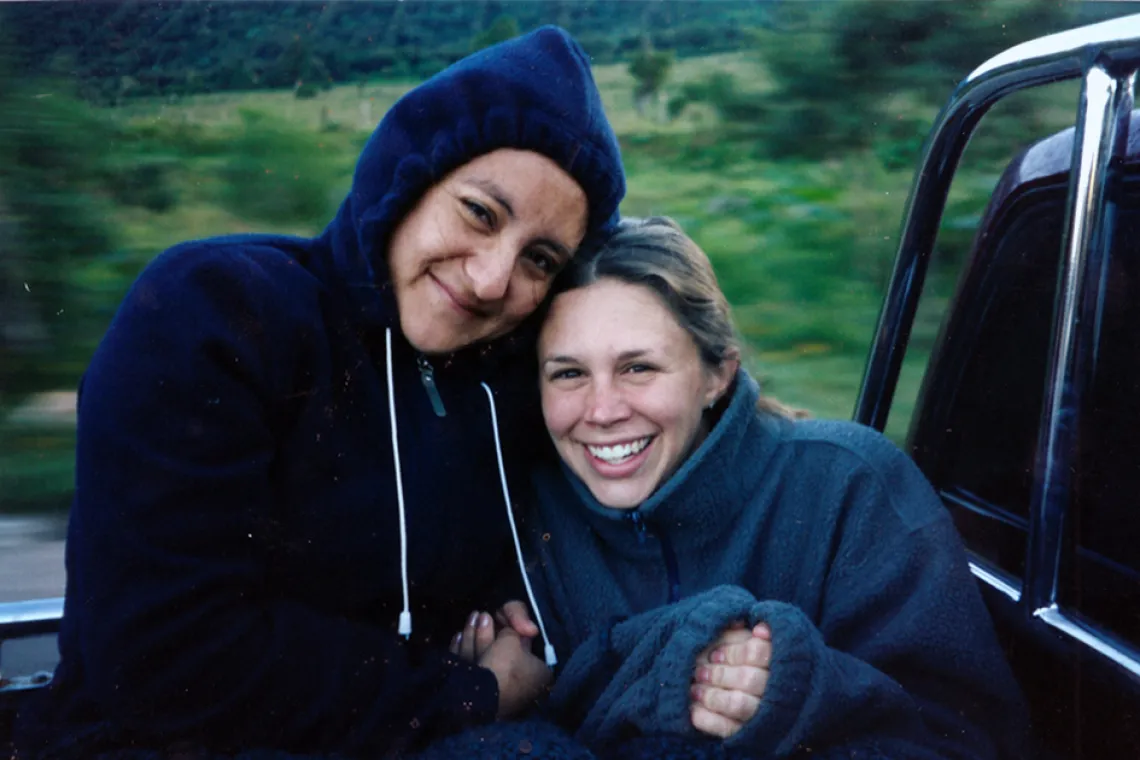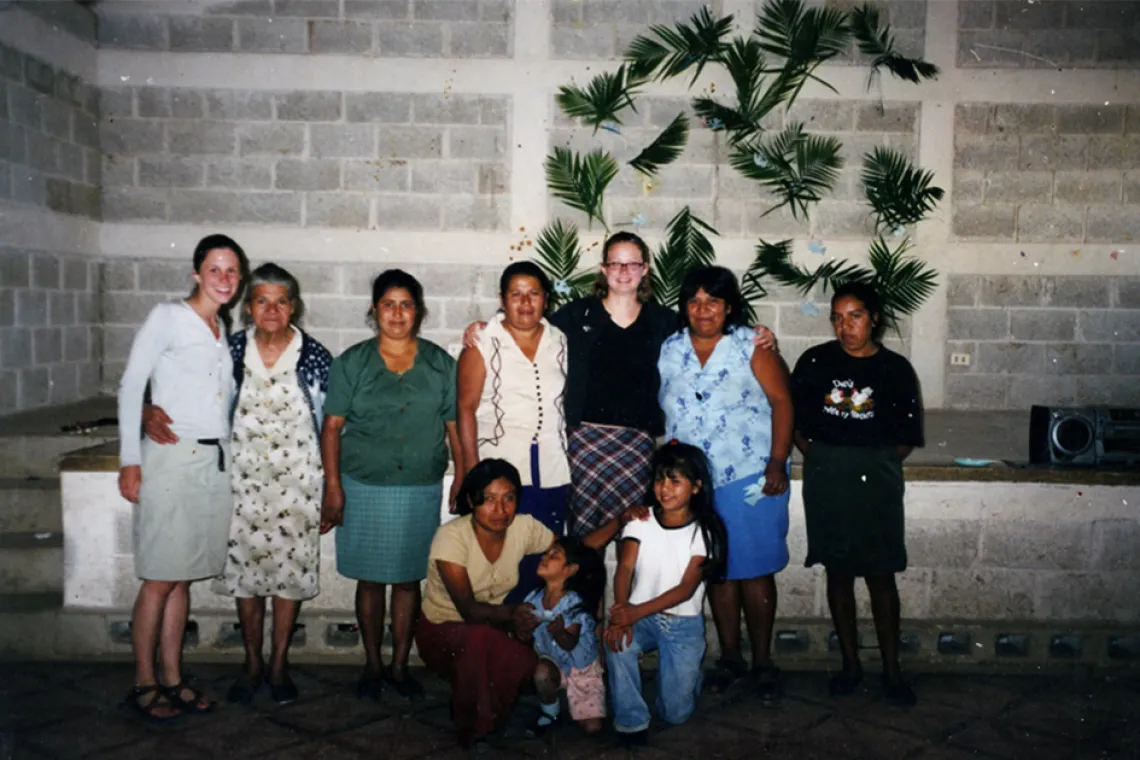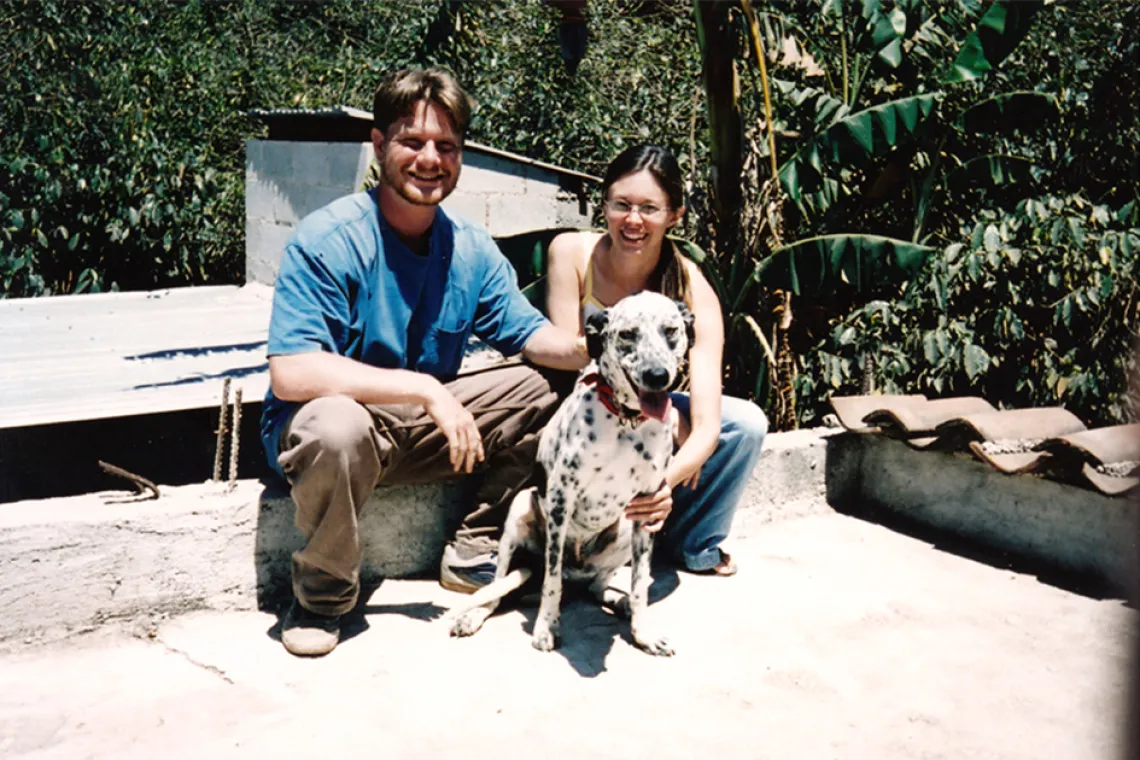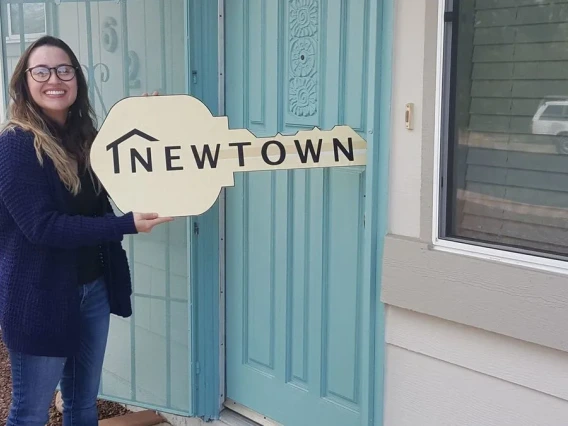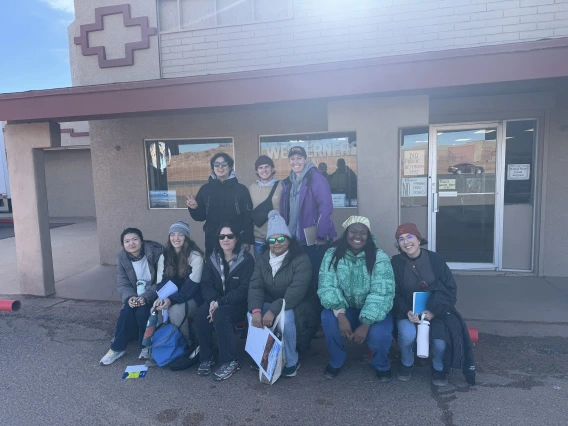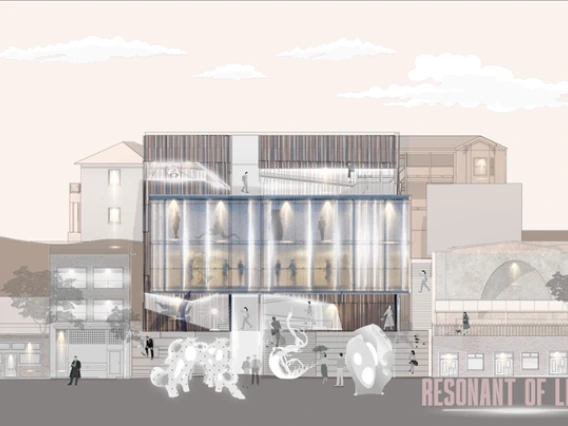Coverdell Fellow Profile: Dionna Hatch '20 MLA
Dionna Hatch served as a Peace Corps Volunteer in Guatemala before joining CAPLA's Master of Landscape Architecture program.
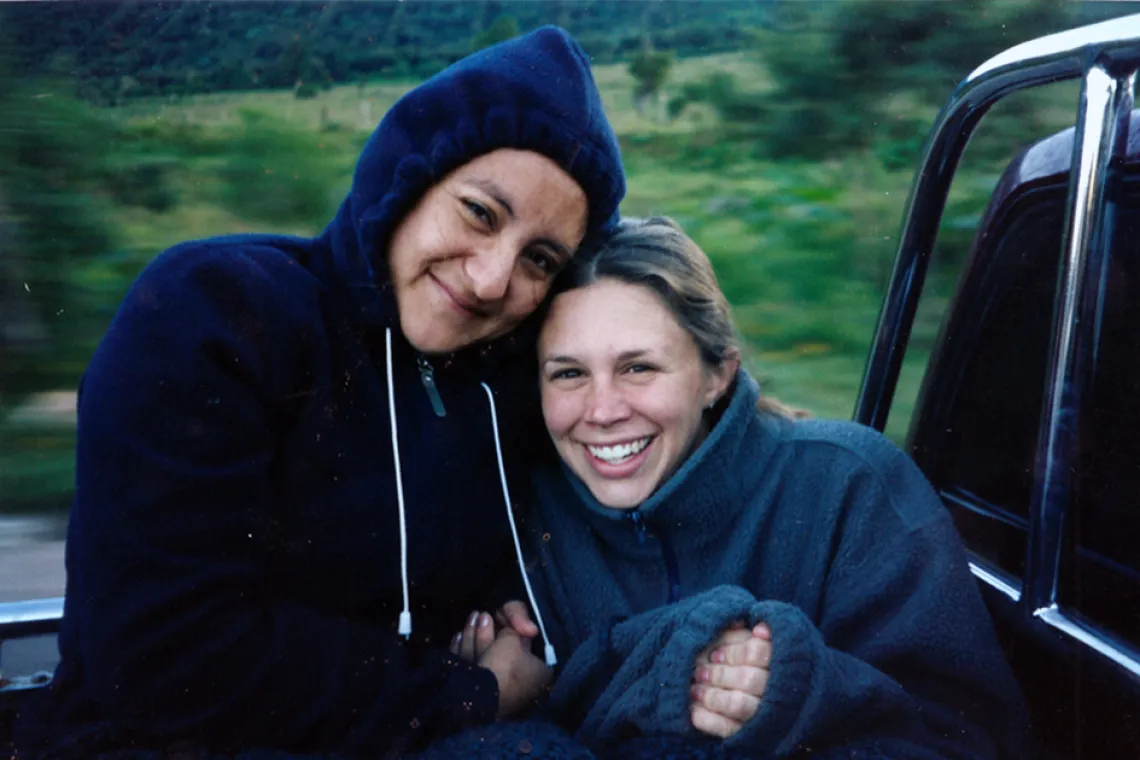
The University of Arizona is one of only two universities in the country to offer Coverdell Fellowships to Returned Peace Corps Volunteers (RPCVs) who are enrolled in a graduate landscape architecture program. The Coverdell Program provides tuition assistance and internship opportunities. Coverdell Fellows find a robust Peace Corps community at the University of Arizona and in Tucson, and many are CAPLA alumni.
Where did you serve, and how did the experience lead you to studying landscape architecture at CAPLA?
I was in Mataquescuintla, Jalapa, Guatemala for 2002 to 2004. My Peace Corps experience showed me what is possible with a lot of effort, a little thinking, and scarce resources. I met my husband while in Guatemala, also a fellow Peace Corps volunteer, which has led to more adventures around the globe and four children. I realized that if you really want something, the path may not be straight, but you end up where you should be eventually, and with some great stories to tell.
I was an Agroforestry volunteer during my service. I learned how to collect seeds, start plants, and eventually to plant them. I witnessed the effects of erosion and the impact trees can have in communities that are reliant on them for cooking, shade, and food. I saw how publicly accessible food sources, primarily fruit, coffee and vegetables, can be life changing for those in severe poverty. For there, it is an easy connection, but it took a little while for me to discover Landscape Architecture. I first attained a master’s in public health, which was a steppingstone for me along the winding path that led me to Arizona and CAPLA.
What kind of work are you undertaking in your current fellowship?
I have been working with USA-National Phenology Network since August 2017. I have focused on school curriculum for their Citizen Science program, Nature’s Notebook. I have developed photo guides for the identification of the phenophases of Sonoran native plants. I also helped create signs within the Krutch Garden with the Arboretum. Currently, my project is to discover the obstacles some teachers face while trying to implement Nature’s Notebook within their science curriculum.
How does your work help to build a changing world?
My goals are to get kids and adults outdoors and learn about the physical world around them. I am passionate about creating spaces where both kids and adults can interact, learn, and play together. Trees, native plants, animals and humans all live together. Creating places that accommodate them all in inspiring ways that use art and history to spread knowledge in an effective way is my overarching goal.

